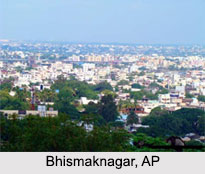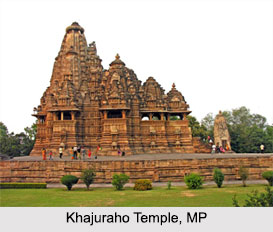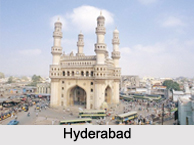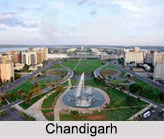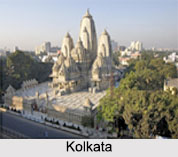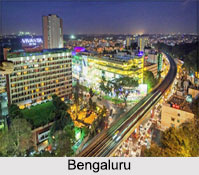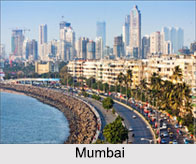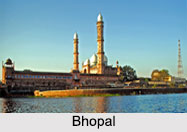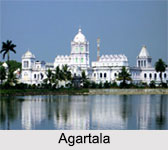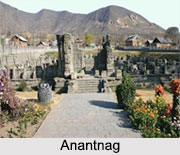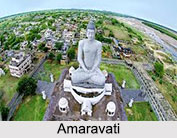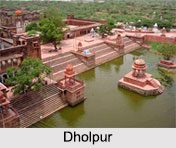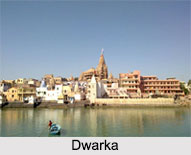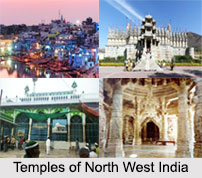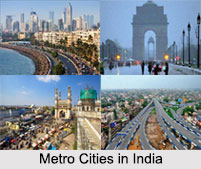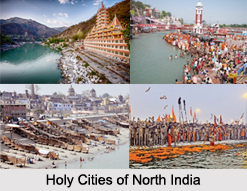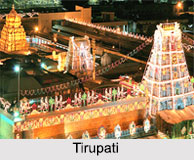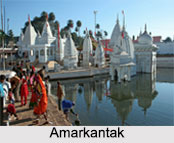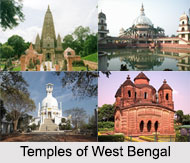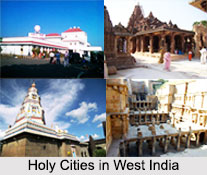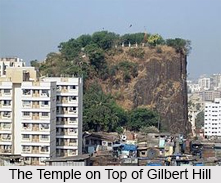 Gilbert Hill is a 200-foot (90 m) monolith column of black basalt rock in Andheri, Maharashtra, India. The rock has a sheer vertical face and was created when molten lava was squeezed out of the earth`s clefts during the Mesozoic Era about 65 million years ago. Gilbert Hill is often compared to the Devils Tower in Wyoming and the Devils Postpile National Monument in Eastern California. This also translates that these 3 monuments are the only one of a kind in the world.
Gilbert Hill is a 200-foot (90 m) monolith column of black basalt rock in Andheri, Maharashtra, India. The rock has a sheer vertical face and was created when molten lava was squeezed out of the earth`s clefts during the Mesozoic Era about 65 million years ago. Gilbert Hill is often compared to the Devils Tower in Wyoming and the Devils Postpile National Monument in Eastern California. This also translates that these 3 monuments are the only one of a kind in the world.
Naming of Gilbert Hill
The name "Gilbert Hill" was coined by the British and since then it is known by it. At the foot of the hill is a staircase carved inside the rock, which has to be negotiated carefully to reach the top. One can witness the panoramic view of the entire Andheri area from the top, Bhavan"s college can be seen from its East, Juhu to its West, Versova to its North and Chandivali to its South.
History of Gilbert Hill
During the Mesozoic era, molten lava had spread around most of the Indian states of Maharashtra, Gujarat and Madhya Pradesh, covering an area of 50,000 km square. The volcanic eruptions were also responsible for the destruction of plant and animal life during that era. According to experts, this rare geological phenomenon was the remnants of a ridge and had clusters of vertical columns in nearby Jogeshwari, which were quarried off two decades ago. Interestingly, during this era there was a huge volcanic explosion in which "Gilbert Hill" was squeezed out of the surface of the earth. Gilbert Hill is one of the two such structures found in the entire world. Another such structure is found in Wyoming, USA and is called "Devil"s Tower".
Things to see at Gilbert Hill
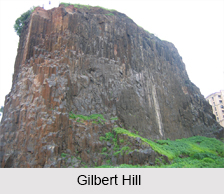 There is a Hindu temple of Gaodevi Durgamata at the top of the hill. Every year during the festival of Hunuman Jayanti the temple organizes a huge procession across Andheri. Hundreds of devotees visit the temple during that time. The staircase which leads to the top of the fort has been newly built and is steep.
There is a Hindu temple of Gaodevi Durgamata at the top of the hill. Every year during the festival of Hunuman Jayanti the temple organizes a huge procession across Andheri. Hundreds of devotees visit the temple during that time. The staircase which leads to the top of the fort has been newly built and is steep.
How to reach Gilbert Hill?
From Andheri station (W) you can take BEST Bus 250 to reach Gilbert Hill. There are also shared autos which will drop you at Bhavan"s college and from there Gilbert Hill is at 5 minutes walking distance. Non-shared auto fare will come between Rs. 25 to Rs. 30 from Andheri Station (W).
In India, Gilbert Hill was granted a National Park status in the year 1952. More recently, efforts from Environmentalists and Geologists resulted in making Gilbert Hill a Grade II Heritage structure. Of course, nothing much has been done about all this. On the contrary, the hill is eroding and the area surrounding it has been nibbled by builders and slum dwellers over the years.
In 2007, Gilbert Hill was declared as the Grade II Heritage structure by the Municipal Corporation of Greater Mumbai Region (MCGM). Yet the condition of the hill is deplorable. This monumental structure has now been engulfed on all four sides by a concrete jungle. Barely 11 meters away from the foot of the hill there are sprawling slums and residential complexes. Due to the construction activity around Gilbert Hill it is subjected to erosion. The hill is slowly crumbling as huge chunks of rock fall apart. There have been petitions urging UNESCO to declare the site a world heritage site.
Although the hill is barely a few kilometres from Andheri West station it is not known by many residents of Andheri. The reasons for this could be many. Gilbert hill is at walking distance from Andheri"s very famous Bhavan"s college. Yet there is not a single signboard on that stretch announcing the way to the Gilbert Hill. The dusty and unkempt lanes lead one to the foot of the Gilbert Hill. The roads are badly maintained and are usually strewn with heaps of garbage on both the sides.
